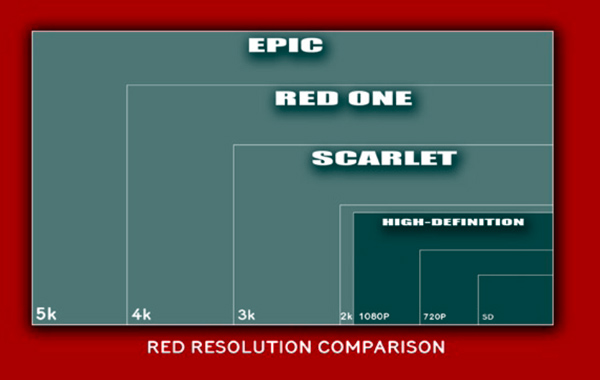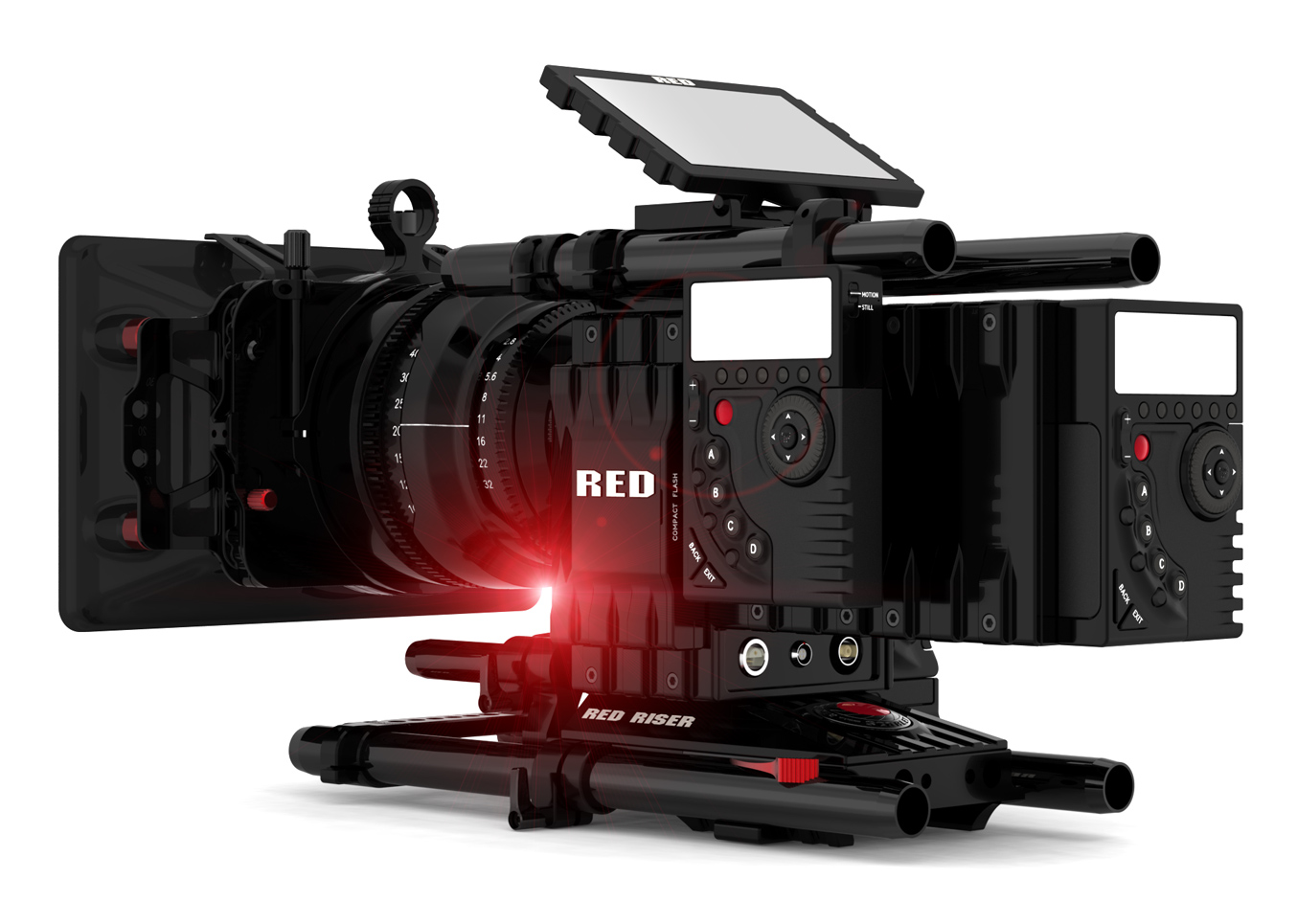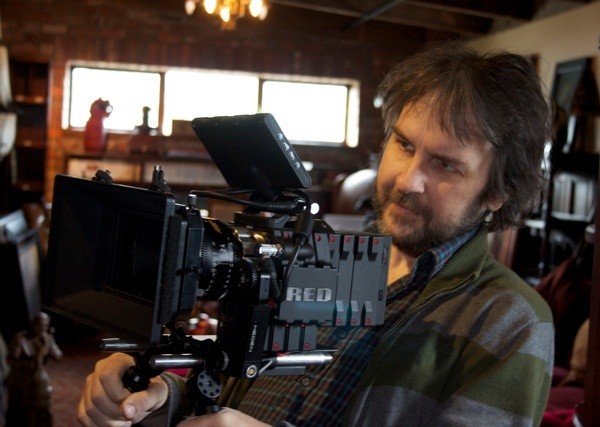With digital technology changing how films are being made, the traditional 35mm film format is gradually being phased out. More and more filmmakers such as Peter Jackson are embracing the new digital formats to create cutting edge visuals and achieve greater flexibility in the process of making movies. Whilst there are still merits to the larger IMAX formats which Christopher Nolan is pushing in his films, Peter Jackson has embraced the RED camera system for his preferred method of capturing images and he will be using the latest technology to bring his next film, The Hobbit to the big screen.
With the issues of casting and location resolved, production is gearing up to bring to life the incredible vistas that New Zealand has to offer and shot with the stereoscopic digital format, it will be a movie to behold. The owner and founder of RED DIGITAL CINEMA Jim Jannard recently announced that Jackson will be using the soon to be released EPIC digital cameras to shoot the two film adaptation in 3D.
 The successor to RED’s industry changing RED ONE, the EPIC cameras have a 5k resolution, the highest so far and can shoot up to 128 frames per second with the new HDRx mode giving it the ‘highest dynamic range of any camera ever made‘. The RED cameras are also the smallest and compact of the digital camera systems that don’t require annoying cords or complex rigs as with the Sony Pace 3D camera system Michael Bay used for Transformers 3.
The successor to RED’s industry changing RED ONE, the EPIC cameras have a 5k resolution, the highest so far and can shoot up to 128 frames per second with the new HDRx mode giving it the ‘highest dynamic range of any camera ever made‘. The RED cameras are also the smallest and compact of the digital camera systems that don’t require annoying cords or complex rigs as with the Sony Pace 3D camera system Michael Bay used for Transformers 3.
Jackson has been a fan of RED cameras for some time having already tested the format with considerable success when he produced Neill Blomkamp’s District 9.
I have always liked the look of Red footage… I’m not a scientist or mathematician, but the image Red produces has a much more filmic feel than most of the other digital formats… and with the Epic, Jim and his team have gone even further. It is a fantastic tool, the Epic not only has cutting edge technology, incredible resolution and visual quality, but it is also a very practical tool for film makers. Many competing digital systems require the cameras to be tethered to large cumbersome VTR machines. The Epic gives us back the ability to be totally cable free, even when working in stereo.
The Hobbit director will shoot entirely in 3D on thirty hand-machined RED EPIC cameras, starting early next year. As its still new technology, RED founder Jim Jannard said that a limited number of pre-production EPIC packages will also be available to those wanting to make the transition – $58,000 buys a machined EPIC-M body, titanium PL mount, Bomb EVF and 5-inch touchscreen LCD, a REDmote, a four-pack of batteries, a charger and a solid state storage module with a four-pack of 128GB SSDs. The first batch of hand-assembled 5K imagers will be available in December or January and they go into the assembly line for widespread availability by NAB in April 2011.
Download the specs here: RED EPIC SPEC SHEET.pdf
Peter Jackson’s Rings trilogy were an incredible visual achievement and on the heels of this news it will be interesting to see how his efforts are realized with the new EPIC cameras. Recent announcements include composer Howard Shore confirmed to score the movie with casting being finalized.
Not only will The Hobbit be a visually impressive film with Jackson’s usual flare for storytelling and capturing exciting performances, the digital technology will allow it to go beyond the world that J.R.R. Tolkein could have ever imagined.
The Hobbit is set to start shooting, thankfully in New Zealand early next year, with Part 1 due December 2012, and Part 2 in December 2013.
Peter Jackson talks about his preference and thanks for Red Digital Cinema:
RED Updates with Ted from RED Digital Cinema – NAB 2010 – Playback



Comments are closed.